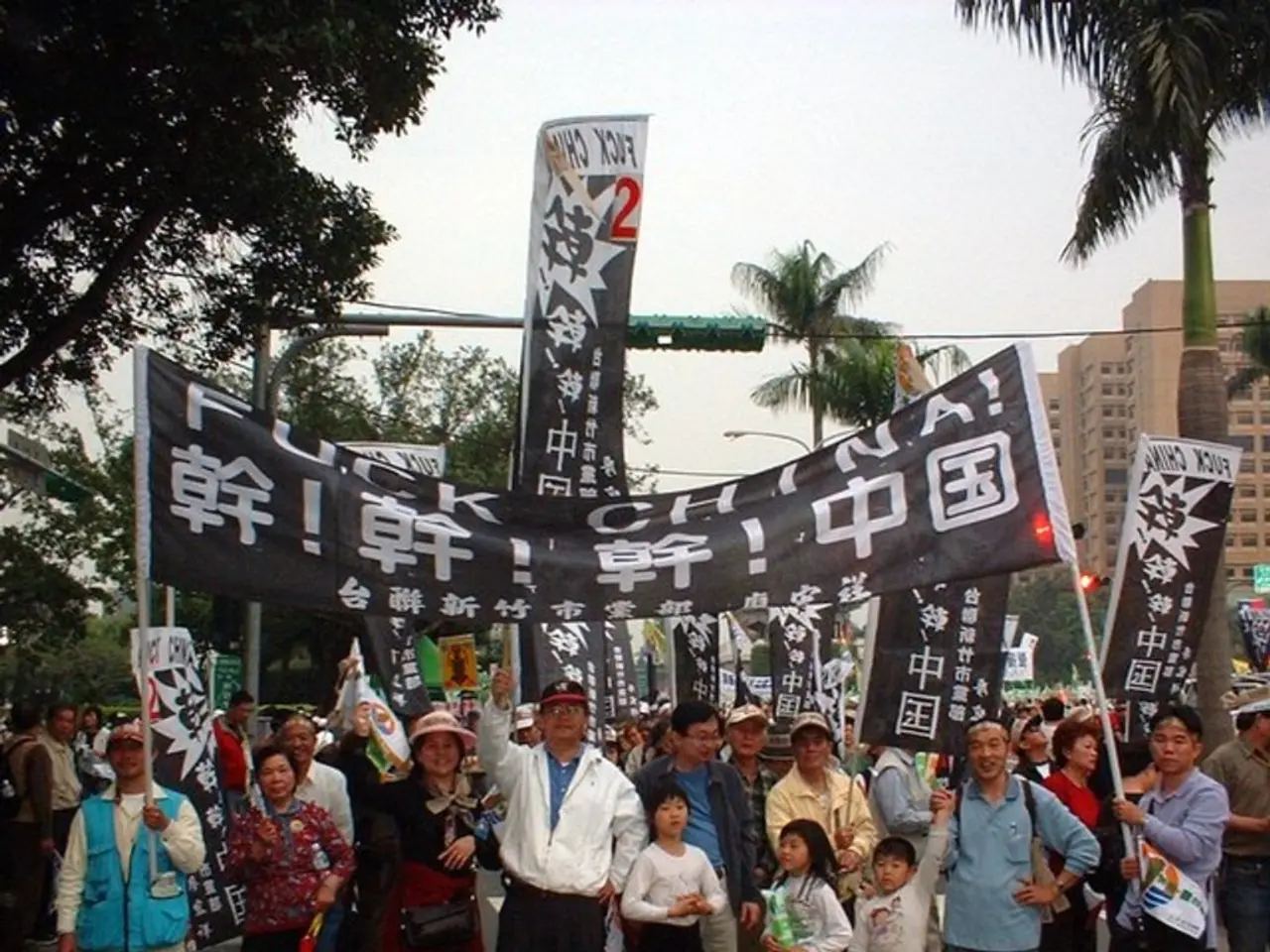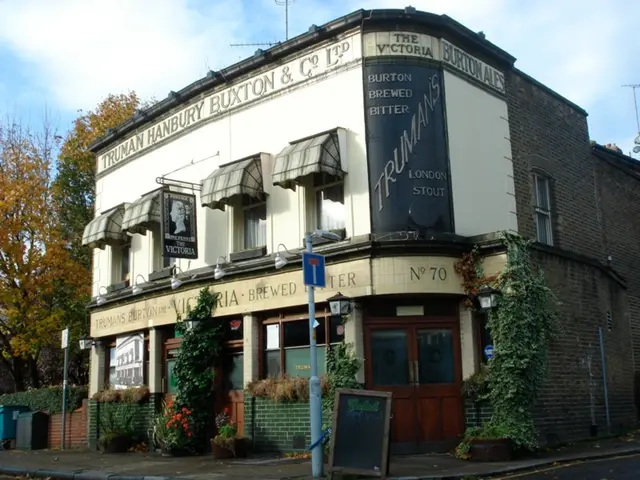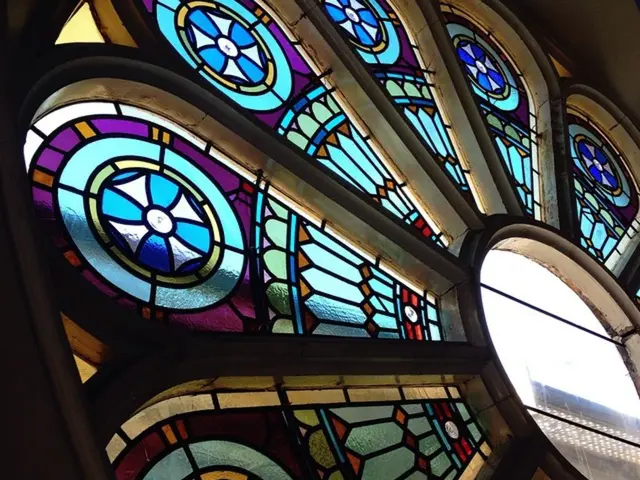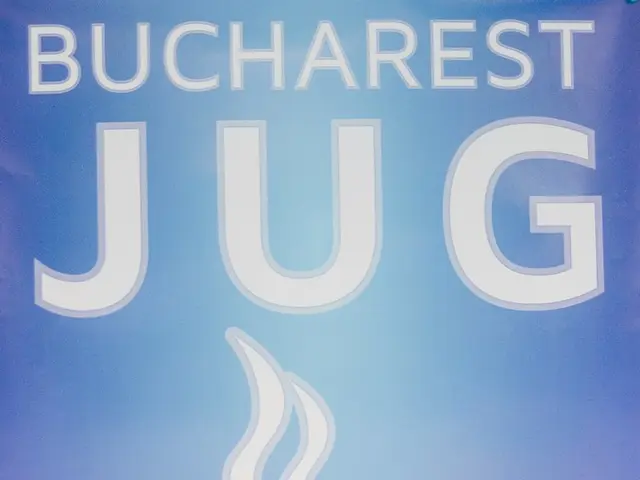Madagascar Protests Turn Deadly as Thousands Demand Power, Water Solutions
Thousands of young, educated protesters have taken to the streets of Madagascar's capital, Antananarivo, to demand an end to power and water outages. The demonstrations, initially peaceful, have turned violent, with security forces responding with live ammunition, according to reports. The United Nations (UN) estimates that at least 22 people have been killed and over 100 injured.
The protests, led by 'Gen Z' youth with no identified leaders, began on Thursday and have since spread to other cities. Security forces have used a range of methods to disperse protesters, including tear gas, stun grenades, rubber bullets, and blank rounds. However, the use of live ammunition has been alleged, although the government disputes the UN's casualty figures.
Clashes between protesters and security forces were particularly intense in the evening. While organizers deny involvement, looting and violence have occurred on the fringes of the protests. The movement is driven by well-educated young people, aged 18 to 28, from both academic backgrounds and working-class neighborhoods.
The protests in Madagascar are gaining momentum despite the government's resignation. President Andry Rajoelina, who has led the country since 2019, and former Prime Minister Christian Ntsay, dismissed in 2023, face increasing pressure to address the power and water outages. The UN's figures, disputed by the government, highlight the escalating situation, with at least 22 deaths and over 100 injuries reported.
Read also:
- "Examining Equity Across Age Groups"
- Trump-backed TikTok deal receives tacit approval from Xi, as long as compromises are made in other areas.
- Congressional ambitions announced by previous Alexandria councilman, Seifeldein
- Recommendations propose stricter controls on MMRV immunizations, as suggested by Kennedy's advisory group








